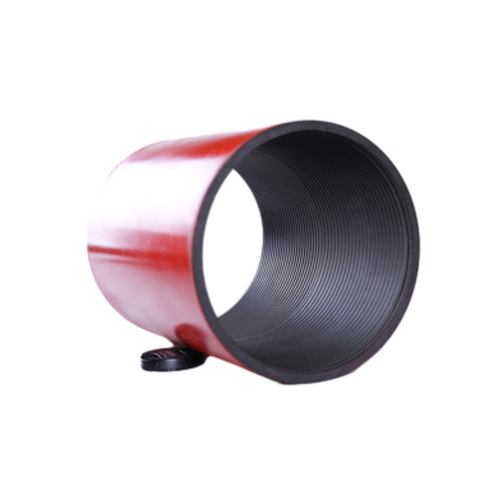- Afrikaans
- Albanian
- Amharic
- Arabic
- Armenian
- Azerbaijani
- Basque
- Belarusian
- Bengali
- Bosnian
- Bulgarian
- Catalan
- Cebuano
- Corsican
- Croatian
- Czech
- Danish
- Dutch
- English
- Esperanto
- Estonian
- Finnish
- French
- Frisian
- Galician
- Georgian
- German
- Greek
- Gujarati
- Haitian Creole
- hausa
- hawaiian
- Hebrew
- Hindi
- Miao
- Hungarian
- Icelandic
- igbo
- Indonesian
- irish
- Italian
- Japanese
- Javanese
- Kannada
- kazakh
- Khmer
- Rwandese
- Korean
- Kurdish
- Kyrgyz
- Lao
- Latin
- Latvian
- Lithuanian
- Luxembourgish
- Macedonian
- Malgashi
- Malay
- Malayalam
- Maltese
- Maori
- Marathi
- Mongolian
- Myanmar
- Nepali
- Norwegian
- Norwegian
- Occitan
- Pashto
- Persian
- Polish
- Portuguese
- Punjabi
- Romanian
- Russian
- Samoan
- Scottish Gaelic
- Serbian
- Sesotho
- Shona
- Sindhi
- Sinhala
- Slovak
- Slovenian
- Somali
- Spanish
- Sundanese
- Swahili
- Swedish
- Tagalog
- Tajik
- Tamil
- Tatar
- Telugu
- Thai
- Turkish
- Turkmen
- Ukrainian
- Urdu
- Uighur
- Uzbek
- Vietnamese
- Welsh
- Bantu
- Yiddish
- Yoruba
- Zulu
Comparison of Bull Plug and Hex Plug for Plumbing Applications and Their Advantages
Bull Plug vs. Hex Plug Understanding the Differences and Applications
In the realm of plumbing and piping, the choice of fittings can significantly influence the overall efficiency and safety of a system. Two common types of plugs used in various applications are bull plugs and hex plugs. While they serve a similar primary function—sealing openings in pipes—each type has unique characteristics and advantages that make them suitable for specific scenarios. This article delves into the fundamental differences between bull plugs and hex plugs, their applications, and considerations to bear in mind when choosing between the two.
What is a Bull Plug?
A bull plug, also known as a round plug or a cap plug, features a rounded, smooth surface. Bull plugs are typically used to seal off the end of a pipe or fitting. The rounded design allows for quick installation and removal, making them a popular choice for temporary applications or when frequent access to the piping system is necessary. Bull plugs are available in various materials, including brass, PVC, and stainless steel, making them versatile for use in numerous environments, from residential plumbing to industrial applications.
One of the main advantages of bull plugs is their ease of installation. They can often be hand-tightened, eliminating the need for specialized tools. This feature not only saves time during installation but also makes it easier to replace or inspect components as necessary. Bull plugs are particularly beneficial in situations where space is limited or when an operator needs to make quick modifications to the system.
What is a Hex Plug?
On the other hand, a hex plug, characterized by its hexagonal shape, is designed for use with a wrench or socket tool for installation and removal. This geometry provides better grip and leverage, allowing for tighter seals and potentially higher pressure applications. Hex plugs are commonly used in systems where a reliable seal is crucial, such as hydraulic or pneumatic systems, automotive applications, and complex piping networks.
The primary benefit of a hex plug lies in its ability to withstand higher pressure and provide a more secure seal compared to its bull plug counterpart. This secure locking mechanism is particularly advantageous in applications where leaks could result in significant damages or safety hazards. The use of hex plugs is commonly seen in industrial settings where stringent safety standards must be met, making them a go-to choice for engineers and technicians alike.
bull plug vs hex plug

Key Differences
When comparing bull plugs and hex plugs, several key differences come to light
1. Design and Installation Bull plugs have a rounded surface for easy hand-tightening, suitable for temporary applications. Hex plugs require tools for installation, allowing for a secure fit that can handle higher pressures. 2. Material Compatibility Both types come in various materials, but the selection often depends on their intended use. Bull plugs are often lightweight, while hex plugs may be made from more robust materials suited for high-stress environments.
3. Application Bull plugs are ideal for situations requiring quick access or frequent changes, whereas hex plugs are favored in high-pressure systems where a reliable seal is paramount.
4. Cost Generally, bull plugs tend to be more cost-effective due to their simpler design and installation process. However, costs can vary based on the material and size.
Conclusion
In summary, choosing between a bull plug and a hex plug depends on the specific application and requirements of a piping system. While bull plugs offer ease and speed of use for non-critical applications, hex plugs provide safety and reliability for more demanding environments. Understanding these differences allows engineers, plumbers, and technicians to make informed decisions, ensuring the efficiency and safety of their systems. When in doubt, consulting with a professional can provide additional insights tailored to your specific needs.
-
Tubing Pup Joints: Essential Components for Oil and Gas OperationsNewsJul.10,2025
-
Pup Joints: Essential Components for Reliable Drilling OperationsNewsJul.10,2025
-
Pipe Couplings: Connecting Your World EfficientlyNewsJul.10,2025
-
Mastering Oilfield Operations with Quality Tubing and CasingNewsJul.10,2025
-
High-Quality Casing Couplings for Every NeedNewsJul.10,2025
-
Boost Your Drilling Efficiency with Premium Crossover Tools & Seating NipplesNewsJul.10,2025







